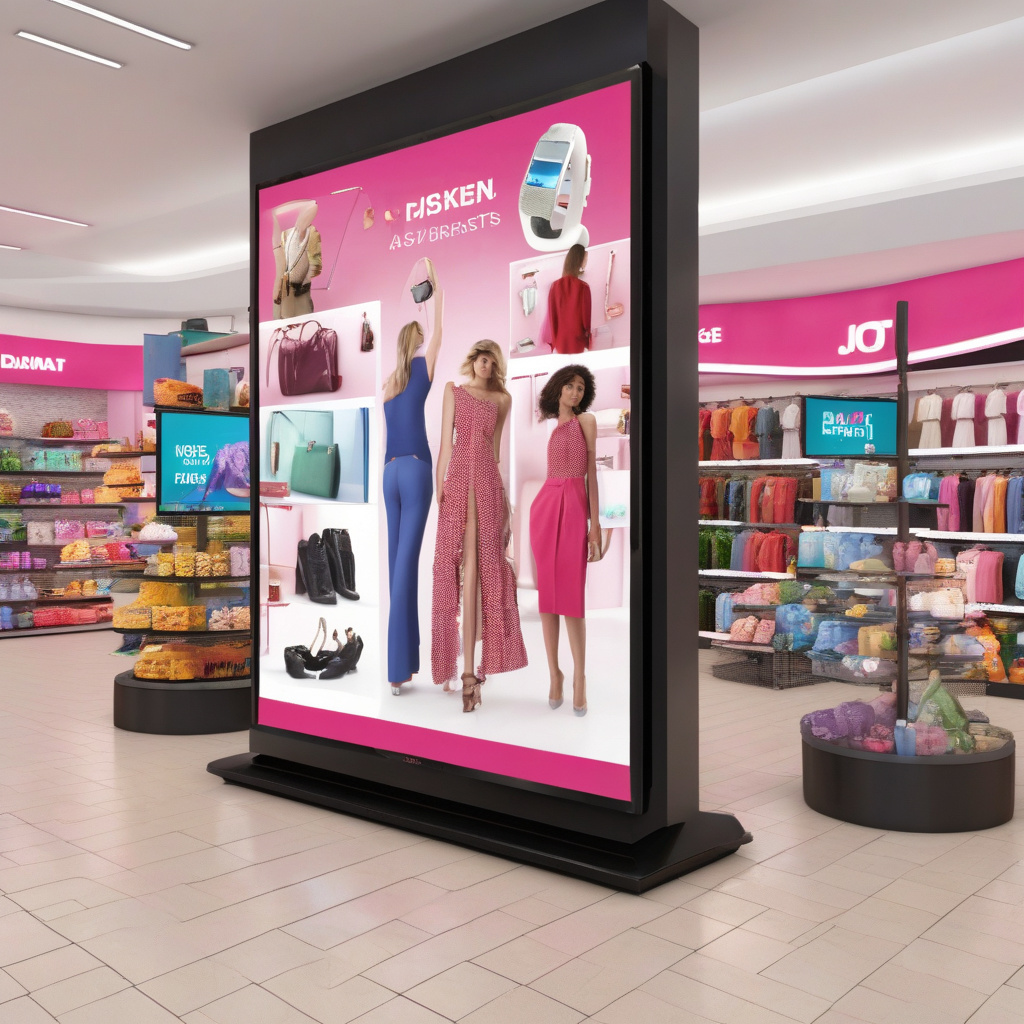How IoT is Transforming Digital Signage in Retail
Retail is undergoing a significant transformation, largely driven by technological advancements. One of the most impactful changes is the integration of digital signage with the Internet of Things (IoT). This convergence not only enhances customer engagement but also optimizes operations in ways previously thought impossible. By embedding digital signage within the IoT ecosystem, retailers are creating dynamic, data-driven experiences that respond in real-time to customer behavior, environmental factors, and inventory levels.
The IoT enables devices to communicate with each other and share data, leading to smarter decision-making. In the context of retail, this means that digital signage can be tailored to meet the specific needs of customers as they shop. For instance, smart screens can display promotions based on current inventory levels. If a particular item is overstocked, the system can automatically highlight discounts for that product, thereby increasing sales while reducing excess inventory. A well-known example is Walmart, which uses real-time data to adjust its signage based on stock levels and customer traffic patterns.
Moreover, the ability to adapt digital signage to customer preferences is a game-changer. Retailers can gather data on customer demographics and behavior through IoT sensors. This information can inform targeted advertising. For instance, if a digital display recognizes a demographic profile that aligns with a particular product, it can showcase that product prominently. This level of personalization not only enhances the shopping experience but also significantly boosts conversion rates. Retail giants like Target have begun implementing this strategy, resulting in increased foot traffic and higher sales.
The integration of IoT with digital signage also enhances the overall aesthetic and functionality of retail spaces. Smart displays can adjust their brightness based on ambient lighting, ensuring that they remain visible and engaging regardless of the time of day. Furthermore, weather-based advertising allows retailers to alter their promotions based on real-time weather data. For example, a clothing store might promote raincoats when rain is forecasted, thus aligning product visibility with customer needs. This adaptability increases the relevance of the messaging, leading to improved customer satisfaction.
Data analytics also plays a crucial role in optimizing the effectiveness of digital signage. Retailers can analyze customer interactions with displays to assess what content resonates most. This feedback loop allows for continuous improvement in marketing strategies. A study by Nielsen found that digital signage can increase brand awareness by up to 47%, highlighting the importance of using data-driven strategies to enhance engagement. Brands like Coca-Cola have leveraged this approach, employing digital signage to showcase tailored content that has led to increased sales during promotional periods.
Additionally, integrating digital signage with IoT can streamline operations behind the scenes. Retailers can manage multiple displays remotely, saving time and resources. This means that marketing teams can change promotions across numerous locations in real-time without physical presence. This operational efficiency is particularly advantageous for large retailers with numerous branches, allowing for a cohesive brand message while adapting to local market conditions.
Security is another critical aspect of integrating IoT with digital signage. As these systems become more interconnected, they also become more vulnerable to cyber threats. Retailers must implement robust security measures to protect sensitive customer data and maintain the integrity of their advertising. Regular software updates and security audits are essential to safeguarding these systems. It’s a challenge that retailers like Best Buy have taken seriously, investing in cybersecurity measures to protect their digital assets.
In conclusion, the fusion of IoT with digital signage is transforming the retail landscape. By creating an interactive and responsive shopping environment, retailers can enhance customer engagement and optimize operations. The ability to tailor messaging based on real-time data not only boosts sales but also improves customer satisfaction. As the retail industry continues to evolve, those who harness the power of IoT in their digital signage strategies will undoubtedly lead the way in delivering exceptional shopping experiences.
#IoT #DigitalSignage #RetailInnovation #CustomerEngagement #SmartRetail
